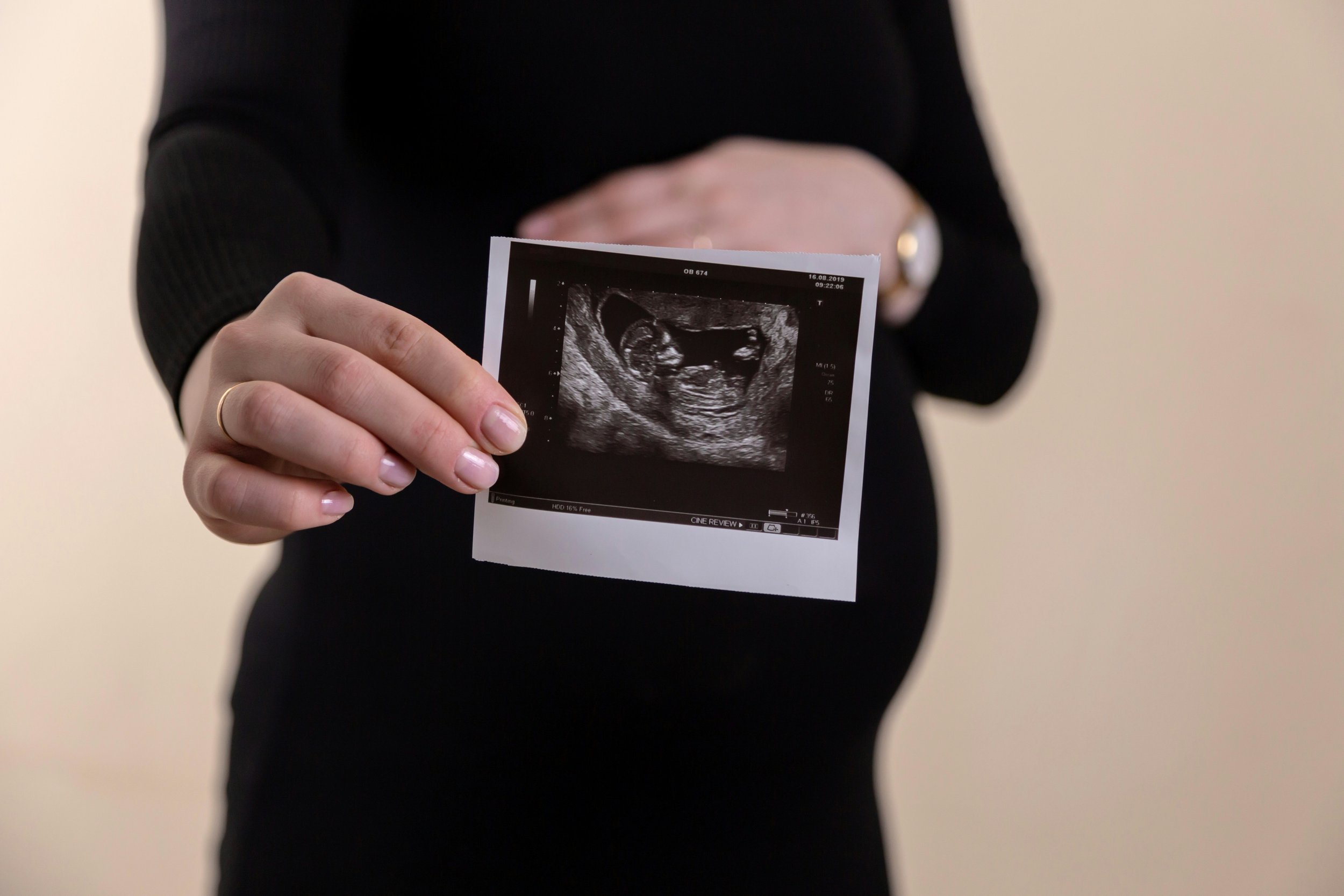Your Guide to Thriving in Your Follicular Phase
In this 4-part series, we’re sharing all about how you can optimize your nutrition, focus your exercise and adjust your lifestyle to thrive throughout the 28-day menstrual cycle. In our last article, we talked about the Menstrual Phase (days 1-7) and shared how you can begin to adapt these areas to promote easier periods. Today, we’re talking about the the Follicular Phase, which the menstrual phase is technically a part of.
The Follicular Phase generally occurs on days 1-14 (for some women it can last until day 22), which also includes days 1-7 of the menstrual phase. During this phase, as the body prepares for ovulation, estrogen and follicle stimulating hormone (FSH) levels begin to rise. This is the time of the month when women generally have more energy, endurance and may feel more confident. During the latter half of the follicular phase, testosterone begins to rise, leading to naturally increased libido and desire as you approach ovulation.
Key Follicular Phase Foods & Nutrients
You’ll want to consume similar nutrients and foods as your period during this time.
B vitamins are essential for energy production, metabolism and are key vitamins to consume for hormonal balance. Focus on foods such as eggs, dark leafy greens, nuts, seeds, meat and fish. We often use B complex supplementation in those looking to support hormonal balance also.
Iron supports energy production and plays a key role in the transportation of oxygen in the cells. As iron is lost during menstruation, this is a key area of focus, especially for women with heavier periods. A whole-food form of supplementation may be recommended, but it’s important to consult your practitioner first. Focus on foods with bioavailable iron, such as grass-fed beef, chicken, fatty fish and eggs.
Once again, omega-3 fatty acids are essential during all stages of the cycle and help to promote cellular health, reduce oxidative stress and build hormones like estrogen. Focus on wild fatty fish such as salmon and sardines, and plant sources of omega-3s, including hemp hearts and walnuts. Avoid oils that are high in omega-6 fatty acids and easily become rancid including sesame oil, sunflower oil and canola oil. Focus on whole, raw nuts and seeds instead.
Both zinc and vitamin C help support the development of follicles in preparation for ovulation, so focus on foods like oysters and pumpkin seeds for zinc, as well as citrus fruits and broccoli for vitamin C.
You may also consider adding flax seeds during this phase and including the practice of seed cycling to support the balance of estrogen and testosterone.
Ramp Up Your Exercise
With energy levels on the rise and a natural inclination towards increased physical activity, the follicular phase is a great time to engage in more vigorous workouts. Incorporate activities like strength training, high-intensity interval training (HIIT), or outdoor activities like hiking or cycling if possible, to make the most of your body's heightened energy and endurance. Focus on building strength, improving cardiovascular health, and enhancing overall fitness during this phase.
Lifestyle Factors to Consider
In addition to nutrition and exercise, other lifestyle factors have a major impact on our cycles. Prioritize adequate sleep to optimize hormonal balance and promote recovery from physical activity. Manage stress through mindfulness practices, deep breathing exercises, or engaging in activities you enjoy. Take advantage of the increased energy and motivation to pursue hobbies, socialize, and cultivate meaningful connections.
Here’s What To Do Next!
If you struggle with difficult or irregular periods and symptoms during this phase, or you’re looking to optimize fertility, it may be time to consider working with a nutritionist to address other contributing factors, including liver, gut and hormonal health.
Book a call with us today to learn more about personalized strategies tailored to your unique needs and goals, including specialized hormonal testing.
Asher Kleiber
Registered Holistic Nutritionist





